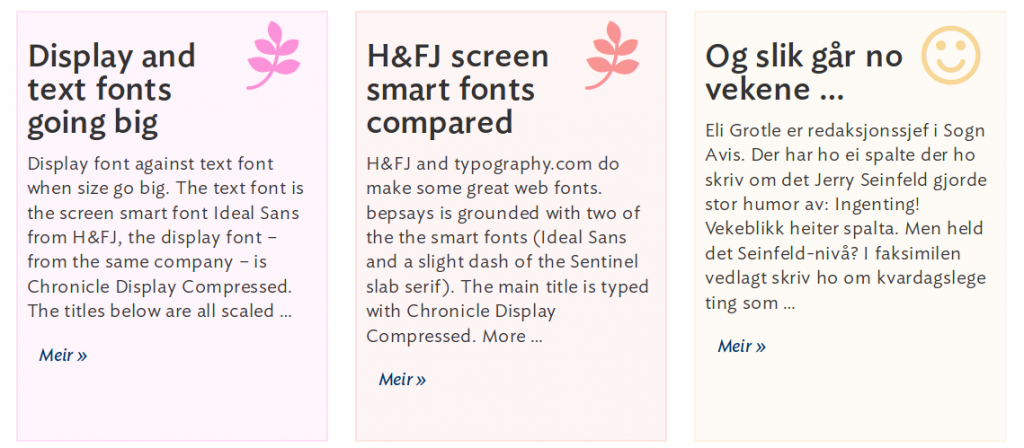Nike Refuses
to Accept the International System of Units
Buying Nike sneakers online is almost impossible if you’re not into Nike’s weird metrics where a centimetre isn’t a centimetre.
Buying Nike sneakers online is almost impossible if you’re not into Nike’s weird metrics where a centimetre isn’t a centimetre.
“You’ll have to ng-minify the code before you uglify it, you stupid git!”
– I have to make it smaller before I make it uglier?
The coders of Open Source often do a second shining of their code – and when they do they mark their commit with the word “polish”.
And by “polish” they don’t mean a person from Poland, but: I am not changing any functionality with this commit, but make the code better, prettier, more extensible, less DRY …
After Clojure – richer, for sure. If Rich Hickey’s life line is a persistent list, there should be ways to track the value of values.

Rich Hickey (2009). Photo: Tapestry Dude
The JSR 310 gave JDK 8 a new and long awaited new design of date and time in Java. But since the old classes that has been trying to do the same are still in wide spread use, handling of these vital value types will suffer from the legacy in the next decade or so.
So the creators of the new API decided they needed to bridge the old and the new. The code snippet below is borrowed from Oracle’s JDK 8. It converts a java.time.LocalDateTime to a java.sql.Timestamp (the latter is used to persist timestamps to the database through JDBC):
Make content boxes with a linear colour scheme using a LESS loop.

Linear colour scheme by LESS